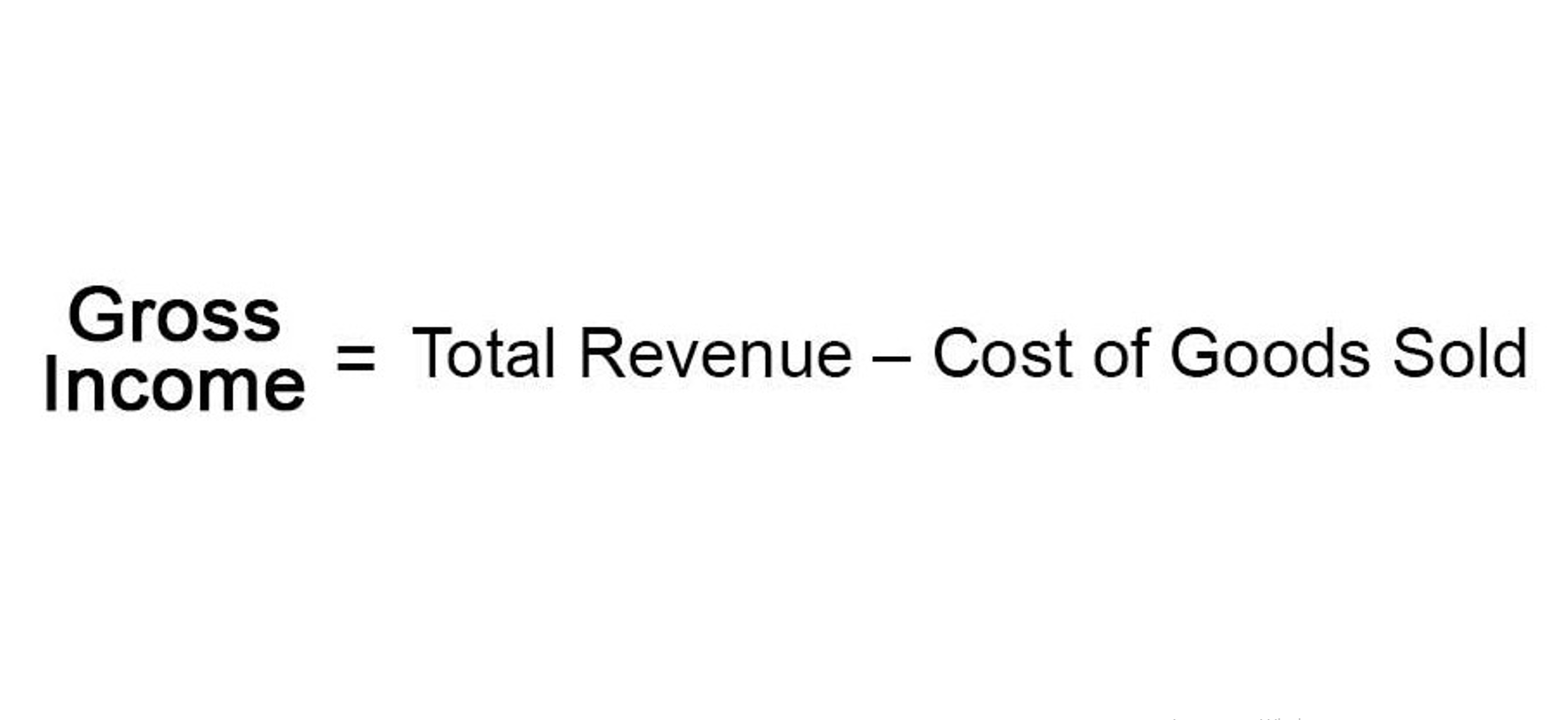Start by determining the direct labor hourly rate, including base pay, benefits, and payroll taxes. To find the wage rate, add the total value of benefits and payroll taxes and divide by the total number of hours worked in the relevant pay period. Other Direct Labor CalculationsOnce you’ve determined direct labor costs, you can use the figure to calculate other ratios and metrics. If you want to know direct labor cost per unit, divide total direct labor costs by the total amount of units of goods produced during the period. Direct labor cost is the total cost of employing workers that work directly on a manufacturing product. Direct labor, direct materials and manufacturing overhead comprise a company’s product costs.
Estimating Direct Labor Hours
Most business owners think about employee wages, labor hours, and salaries when they hear the word direct labor cost’. While these are certainly a large part of labor expenses, many other additional fees and overhead costs are included in total labor costs. Examples of additional direct expenses that are unrelated to wages include insurance payments, direct materials, manufacturing overhead, benefits, paid time off, overtime hours, and sick leave. Adding these costs in with wages and salaries will help to gain a more accurate understanding of how much is spent on each employee. Properly calculating direct labor cost streamlines cash flow management by pinpointing specific areas where waste is occurring. It allows owners to know exactly how much to price their sales items to maintain profitability and helps to budget properly.
When it comes to integrating direct labor into the standard cost model, it’s not just about accounting for wages. It’s about understanding the intricate relationship between labor efficiency, production volume, and overall product cost. Once you have the total direct labor hours and the total hourly wage rate, multiply mm millions definition, examples, what mm means them to calculate the total direct labor cost.
Innovative Methods to Reduce Direct Labor Costs Without Sacrificing Quality
From a managerial standpoint, direct labor is more than just a number; it represents the human element in production. Effective management of direct labor involves ensuring that workers are well-trained, motivated, and equipped with the necessary tools to perform their tasks efficiently. This human-centric approach can lead to improved product quality, faster production times, and lower costs due to reduced waste and errors. Direct labor costs refer to expenses directly linked to employees who actively contribute to the production of goods or services. These employees are typically involved in various jobs such as assembling products, managing machinery, or delivering services. Many businesses use a standard hourly rate to roughly calculate labor costs and quickly estimate budgets.
With this integrated feature, you can set up a central terminal or allow your employees to clock in and out right from their mobile devices. And the built-in artificial intelligence automatically reminds you of requested time off, double bookings, and overtime hours so there’s less back-and-forth once you’ve completed the schedule. Once you’ve identified your cost and how it applies to your rate of production, you can tweak any number of variables and procedures within your business to achieve the result you’re after.
Establishing standard labor hours and rates is essential for budgeting and variance analysis. If a product is expected to take 2 hours to make and the standard labor rate is $15 per hour, the standard labor cost for the product would be $30. To illustrate these concepts, consider a furniture manufacturer that uses standard costing to estimate the labor cost for assembling a chair. If the standard time is set at 3 hours per chair with a labor rate of $20 per hour, the standard labor cost per chair is $60. If a skilled worker can assemble the chair in 2.5 hours, the actual labor cost is $50, resulting in a favorable labor variance of $10.
Manage and optimize labor costs with Oyster
Alternatively, renegotiating supplier contracts might minimize idle time caused by material shortages. From an accounting perspective, direct labor costs are variable costs that fluctuate with the level of production. In the standard cost formula, direct labor is quantified by multiplying the number of hours worked by the labor rate per hour. This calculation is straightforward but critical for maintaining cost standards and identifying variances that can signal inefficiencies or the need for adjustments in the production process.
Managing your operational expenses for remote workers
The cost of direct labor is a significant component of the total cost and is crucial for setting the right price point to ensure profitability while remaining competitive in the market. Outsourcing tasks that are not core to your business can be a cost-effective way to reduce direct labor costs. For example, outsourcing payroll, IT services, or other administrative tasks allows you to focus your labor resources on areas that directly contribute to production.
- By understanding and effectively managing direct labor, businesses can optimize their production costs and enhance their competitive edge.
- Direct labor can be analyzed as a variance over time, across products, and in relation to other process, equipment, or operational changes.
- In manufacturing, you’ll often focus on assembly line workers, calculating their contribution to each unit produced.
- An experienced collaborator can help you navigate the complexities of HR and labor management so you can focus on keeping costs down, productivity up, and employees happy.
- The Motley Fool reaches millions of people every month through our premium investing solutions, free guidance and market analysis on Fool.com, top-rated podcasts, and non-profit The Motley Fool Foundation.
CFI is the global institution behind the financial modeling and valuation analyst FMVA® Designation. CFI is on a mission to enable anyone to be a great financial analyst and have a great career path. In order to help you advance your career, CFI has compiled many resources to assist you along the path. With Zip Schedules employee scheduling software, employees can access their schedules from any device and receive real-time updates.
- Properly calculating labor fees, which constitute a large percentage of revenue, make it easier to know which projects aren’t worth the time and resources.
- Make it easier for production and supply staff to communicate their availability and time off with our software.
- Inaccurate time tracking can significantly impact the cost of goods by creating payroll errors, unplanned overtime, or unproductive time.
- These employees are typically involved in various jobs such as assembling products, managing machinery, or delivering services.
- Understanding and complying with the legal framework around labor compensation is crucial for avoiding penalties and ensuring fair treatment of employees.
If this worker is involved in producing a batch of goods that takes 100 hours, the direct labor cost for that batch would be $2,000. This figure is crucial for managers when setting product prices to ensure profitability and for accountants when preparing financial statements. Direct labor is often considered the backbone of product costing, playing a pivotal role in determining the overall cost of production. It encompasses the wages and benefits paid to those employees who directly contribute to the manufacture of a product. Unlike indirect labor, which supports the production process but does not actively engage in the creation of the product, direct labor is hands-on and has a direct impact on the finished goods.
Shiftbase will help you plan enough staff to meet the demand and still keep your costs as low as possible. To calculate your monthly take-home salary, you just need some information about your tax situation and payroll deductions. Sling gives you unprecedented control over the scheduling process so you can quickly and easily create staff rotas one month, two months, even six months or more in advance.
Embarking on the journey of financial planning is akin to setting sail on a vast ocean. Make sure that your staff are in the right place at the right time, for optimal customer satisfaction. Get stock recommendations, portfolio guidance, and more from The Motley Fool’s premium services. To tackle this issue, evaluate your current business processes to find inefficiencies and bottlenecks. Streamline procedures by adopting lean methodologies, investing in more efficient technology, or reorganizing workflows to eliminate redundancies. This isn’t just bookkeeping; it’s about using numbers to paint a clear picture of your operational health and tweak your strategies accordingly.
It involves determining the amount of time that workers will spend on a particular task or product. This estimation is not only crucial for setting product prices and budgeting, but also for planning workforce requirements and scheduling. From the management’s viewpoint, there’s a focus on efficiency and cost-effectiveness, while from the employees’ perspective, the emphasis might be on fair workload distribution and realistic expectations.
Typically, manual or outdated systems cause inefficiencies and inaccuracies that inflate direct costs. Turn to software solutions for labor cost management and say goodbye to spreadsheets and manual errors. Innovative software like Sling serves as a control center for your labor costs, bringing automation and accuracy into the fold. The essentials are universally applicable – identify the work done, the time spent, and the compensation for it. Fine-tuning these elements to reflect the specific conditions of your industry is key to an accurate estimate, which is a pivotal function of accounting.
Underutilized employees and workers with limited skill sets generate labor costs while offering limited returns, especially during peak periods or staff shortages. You may need to hire independent contractors or pay overtime to cover gaps when employees are only trained for specific tasks. Companies should examine every expense tied to hiring and retaining employees to clearly visualize direct labor costs. Direct labor refers to work performed by employees who are directly involved in producing goods or providing services. Its costs include the salaries and wages paid to workers whose efforts are directly linked to specific products or projects. They are related directly to the manufacturing of the company’s product or the provision of services.






